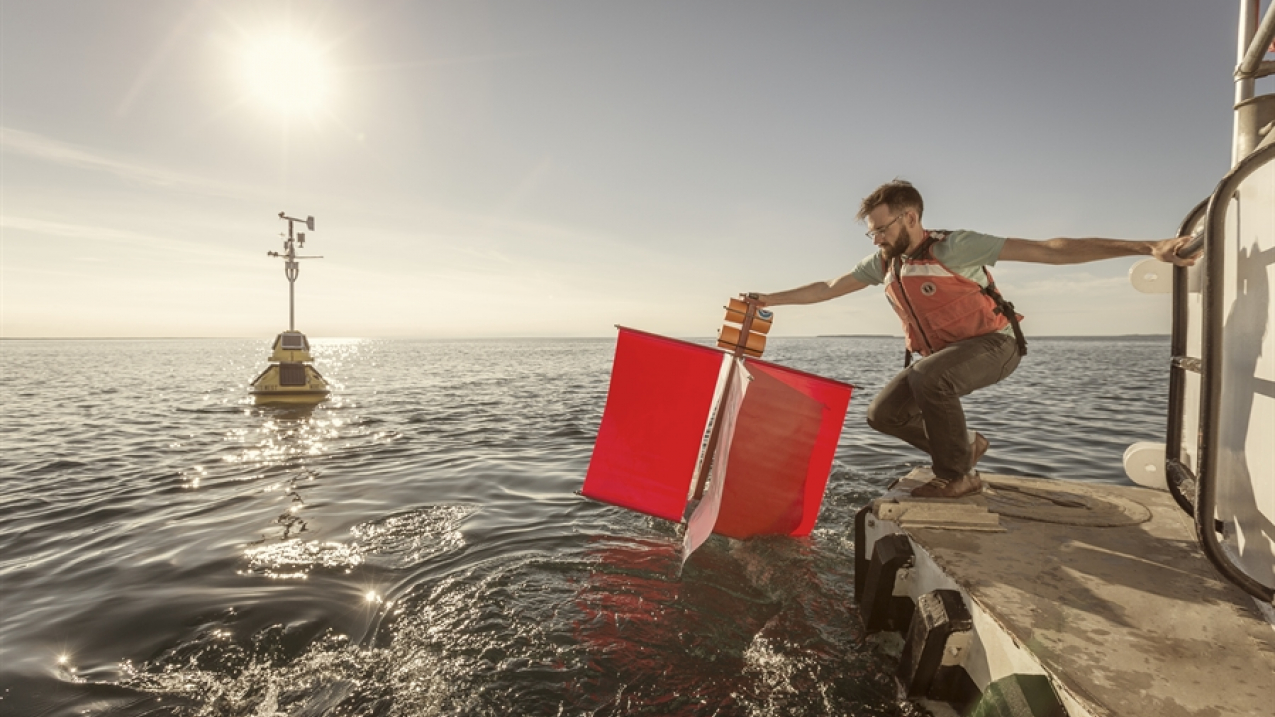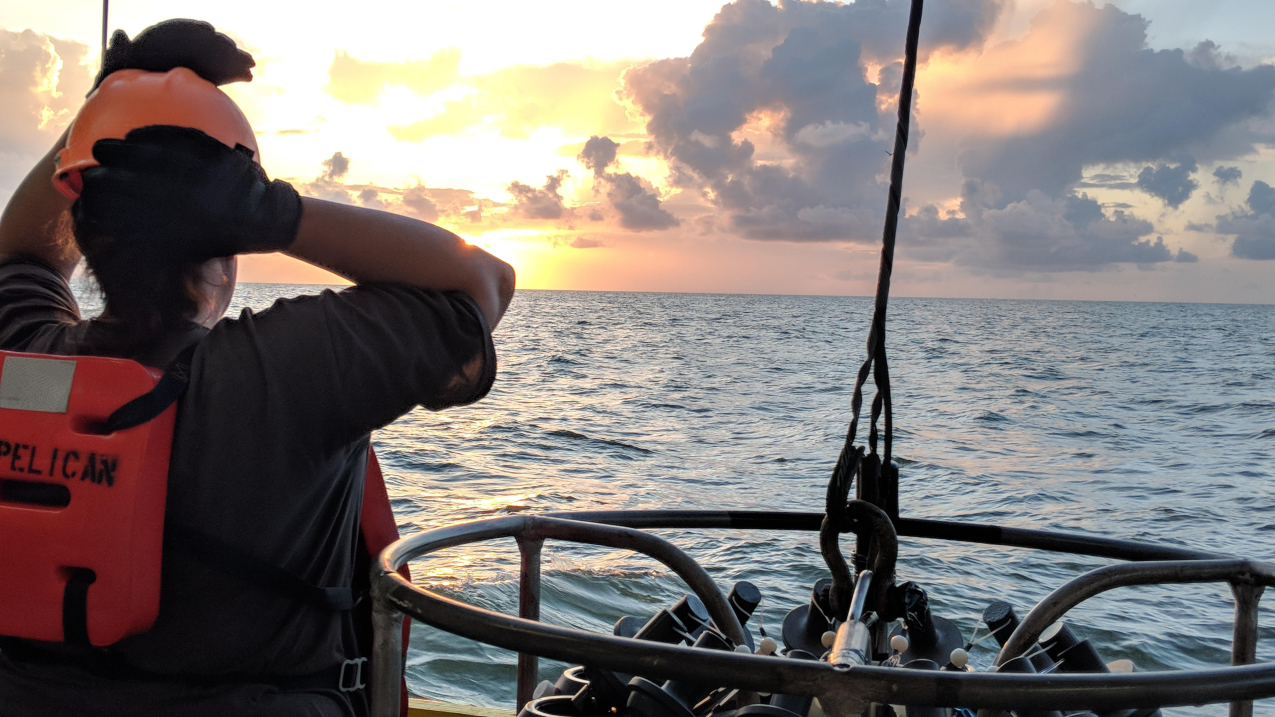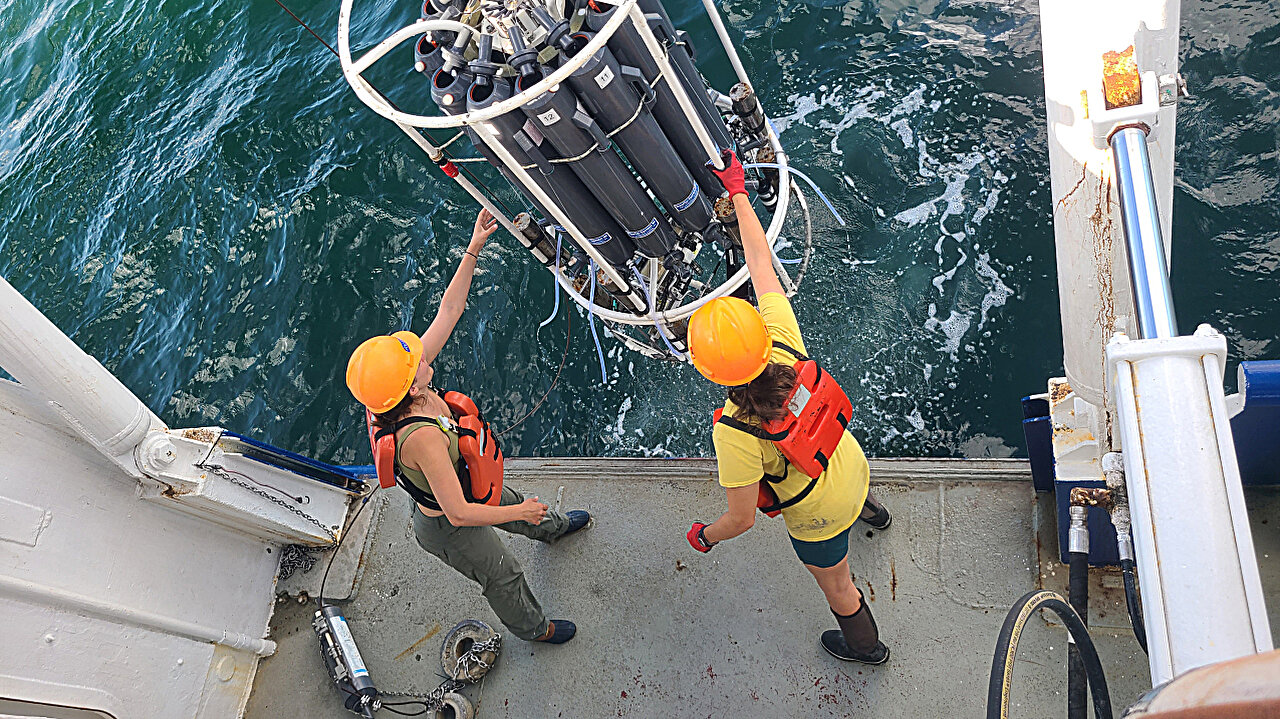Scientists sound the alarm: expansion of the ‘dead zone’ in the Gulf of Mexico threatens life
Under the influence of human activities, our planet is experiencing large-scale global changes, leading to many serious consequences. One of the most threatening phenomena is the emergence and rapid expansion of dead zones, which actually destroy and deplete ecosystems within their borders.
Expansion of the dead zone in the Gulf of Mexico: exceeding forecasts and increasing environmental risks
The Gulf of Mexico’s dead zone, a critically low-oxygen region that threatens marine life, has expanded to 10,790 square kilometers this year, nearly the size of the US state of New Jersey. Such a rapid expansion of the zone, which destroys all life within its limits, has caused serious concern among scientists, The Byte reports.
Scientists working with the National Oceanic and Atmospheric Administration (NOAA) have documented an increase in the dead zone, primarily due to nutrient-rich runoff from the Mississippi River. Although the zone was the 12th largest on record, it exceeded previous projections, highlighting the challenges in reducing it. This year, the dead zone area exceeded the predicted 6,920 square kilometers, maintaining a five-year average that is twice the target size set for 2035.
Nancy Rabalais, a Louisiana State University professor and leading dead zone researcher, said she is surprised by the annual change in the size and distribution of these zones during the summer. This demonstrates the complex and changing nature of the problem. Dead zones form due to pollution from excess nutrients, primarily from agricultural runoff and urban wastewater. These pollutants lead to rapid algae blooms, which, when they die, deplete oxygen in the water, creating hypoxic conditions. This causes serious environmental consequences such as changes in fish diet composition, slower growth, and reduced shrimp populations, which negatively impacts both the marine ecosystem and the fishing industry.

The main factor in the appearance of a dead zone in the bay is human activity, although such zones can also form naturally. Nutrients from agricultural and urban runoff enter the Mississippi River and eventually reach the Gulf, promoting intense algae blooms that cause hypoxia in aquatic life. Globally, the number of dead zones has quadrupled since 1950 and climate change has only exacerbated this problem.
Increasing temperatures and changes in precipitation are increasing nutrient runoff, requiring careful monitoring of these areas. Nicole LeBeouf, assistant administrator for NOAA’s National Ocean Service, emphasized the importance of hypoxia assessment for monitoring ocean health and assessing its impact in a changing climate. Effective management and reduction strategies are required to combat the growing dead zone. Scientists believe that long-term data collection and analysis will allow authorities to adjust their methods to minimize the impact on coastal resources and local communities.
Combating the Growing Dead Zone: Necessary Steps to Preserve Ecosystems
Combating the growing dead zone is a complex task that requires a systematic approach and effective strategies. A dead zone, or hypoxic zone, is an area of a body of water with low oxygen levels, making it dangerous for marine life. These zones are formed due to excess nutrients such as nitrogen and phosphorus that enter water bodies with agricultural and urban runoff. The growing dead zone threatens ecosystems and fishing grounds, so urgent and effective action is needed.
The first step to solving the problem is about improving nutrient runoff management. This includes adopting more sustainable farming practices, such as precision fertilization and using technology to reduce runoff. It is also important to strengthen control over wastewater treatment plants in cities in order to reduce the level of pollutants entering water bodies.
Second step— carrying out continuous monitoring and data collection. Creating and maintaining detailed databases of oxygen levels and nutrient concentrations will help scientists and authorities quickly detect and respond to changes. This will allow you to more accurately predict the development of dead zones and make informed decisions.

Third step is a collaboration at the local, national and global levels. Combating dead zones requires the joint efforts of various countries and regions, since pollution often has a transboundary nature. The exchange of information and experience, as well as joint projects to improve the condition of water bodies, can significantly increase the effectiveness of measures to combat hypoxia.
Finally, the key element is raising public awareness of the problem. Educational campaigns and awareness programs will help residents understand the importance of reducing pollution and supporting sustainable practices.
Thus, to effectively combat the growing dead zone, comprehensive and multi-level approaches are needed, including runoff management, monitoring, international cooperation and increased public awareness. Only combined efforts will help preserve the vitality of our ecosystems and ensure a sustainable future for marine resources.


